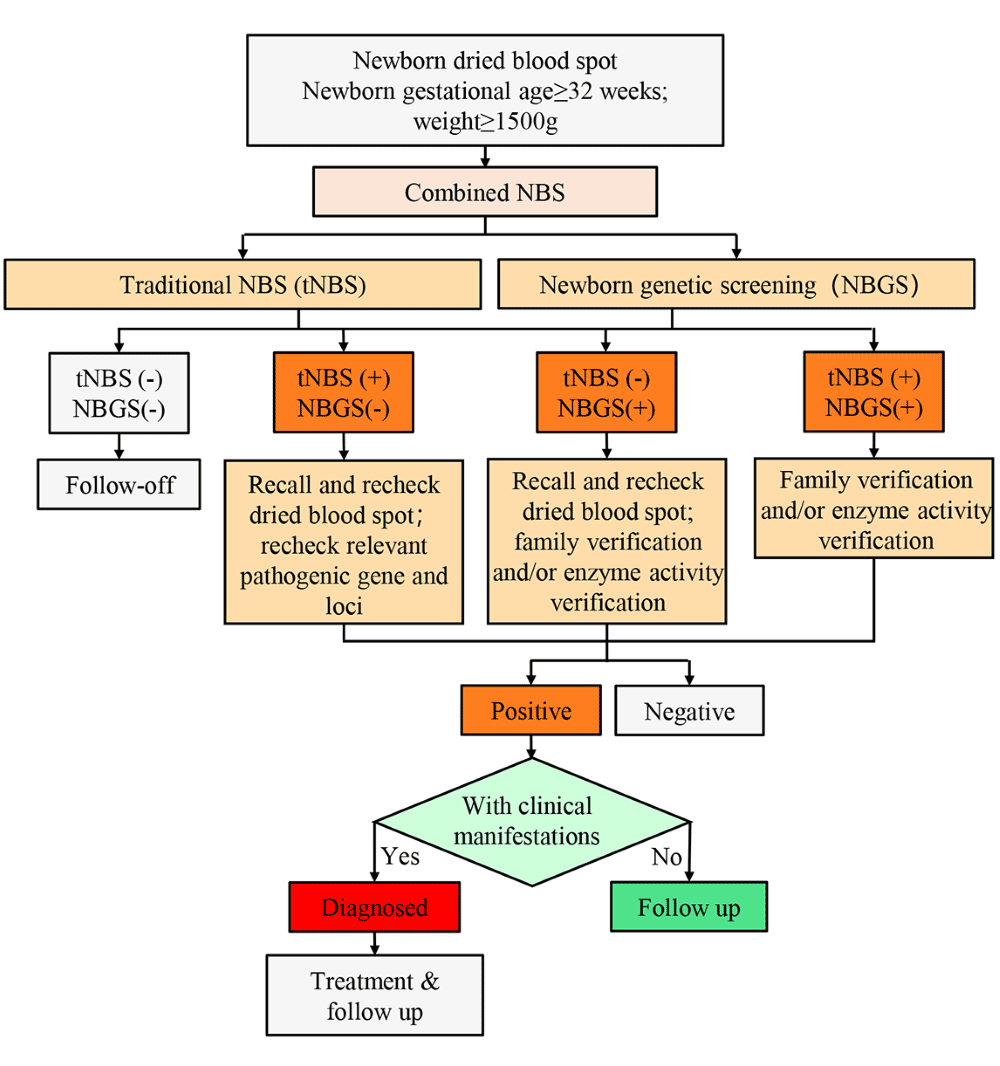Enhancing High-risk Infant Outcomes with Newborn Genetic Screening in China
2024-03-04
Newborn genetic screening (NBGS) is a critical component of early neonatal care, designed to detect genetic disorders that can affect a child's long-term health or survival. Traditional newborn screening (tNBS) methods have limitations in terms of the range of diseases they can detect and are known for their relatively high false-positive rates.
A new study led by Xin Wang and Yun Sun from the Nanjing Maternity and Child Health Care Hospital was recently published in the Journal of Global Health introducing NBGS as a more comprehensive and accurate approach, particularly beneficial for high-risk infants.
Method and Findings:
The study involved screening 10,334 healthy newborns and 886 high-risk infants using both NBGS and tNBS. High-risk infants were identified based on specific neonatal conditions and prematurity. The aim was to compare the effectiveness of NBGS against tNBS in this vulnerable group.

Proportion of each high-risk factor among high-risk infants.
Key Points to Highlight:
- NBGS could detect 94 genetic diseases, significantly more than the 37 diseases screened by tNBS. This breadth of detection is vital for early intervention and management of genetic disorders.

Newborn screening flowchart. The “-” symbol denotes negative and the “+” symbol positive values. tNBS – traditional newborn screening, NBGS – newborn genetic screening.
- When comparing the primary screening outcomes of NBGS and tNBS in high-risk infants, the study revealed a primary screening positive rate of 0.54% for NBGS versus 3.68% for tNBS. This significant difference indicates the superior specificity of NBGS in identifying genetic markers associated with high-risk symptoms, thereby enhancing the accuracy of disease detection in this vulnerable population.
- The study reported a higher positive predictive value (PPV) of 60.00% for NBGS in high-risk infants compared to 5.88% for tNBS. This substantial increase in PPV underscores the enhanced diagnostic accuracy of NBGS in identifying genetic diseases in high-risk infants, facilitating early intervention and personalized treatment strategies to improve clinical outcomes.
- The false positive rate (FPR) for high-risk infants screened by NBGS was notably lower at 0.22% compared to 3.47% for tNBS. This suggests that NBGS based on target capture-based NGS technology can effectively reduce false positive results and improve the precision of screening outcomes in high-risk infants, thereby minimizing unnecessary interventions and alleviating the psychological burden on families.
Enabling Better Decisions, Enhancing Clinical Outcomes:
These findings highlight the importance of adopting more advanced screening methods like NBGS to improve early detection rates of genetic disorders.
Clinically, adopting NBGS can improve the prognosis and quality of life for affected children. Moreover, reducing false positives could lead to more efficient use of healthcare resources.
In conclusion, this research paves the way for additional research in newborn genetic screening, ultimately leading to better healthcare outcomes for high-risk infants worldwide.
About BGI Genomics NOVA™ Newborn Genetic Screening
The NOVA™ Newborn Genetic Screening Test determines a baby's risk for 246 genes associated with 112 genetic diseases, including 254 disease subtypes. Click here to learn more.
About BGI Genomics:
BGI Genomics, headquartered in Shenzhen, China, is the world's leading integrated solutions provider of precision medicine. Our services cover more than 100 countries and regions, involving more than 2,300 medical institutions. In July 2017, as a subsidiary of BGI Group, BGI Genomics (300676.SZ) was officially listed on the Shenzhen Stock Exchange.